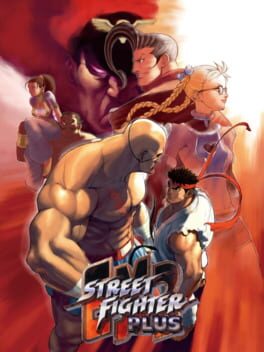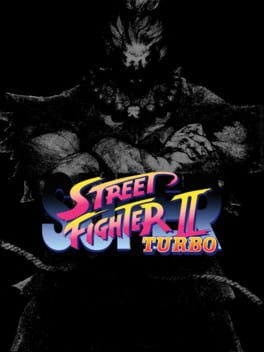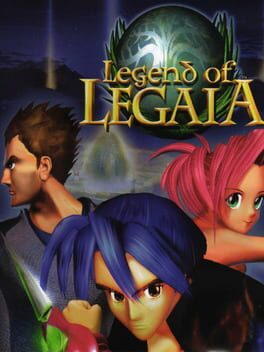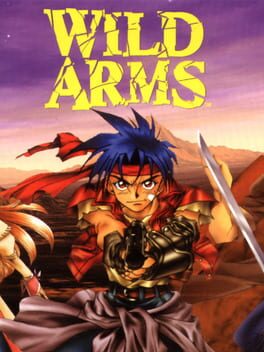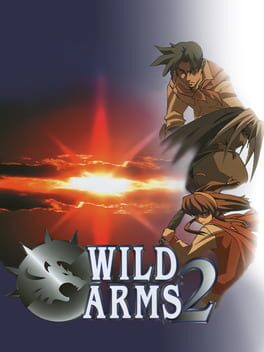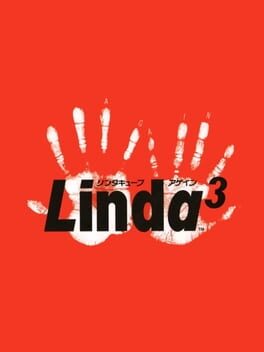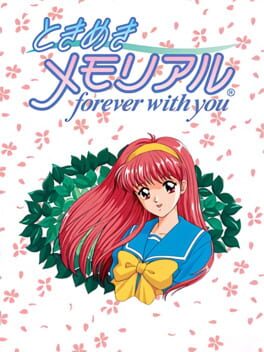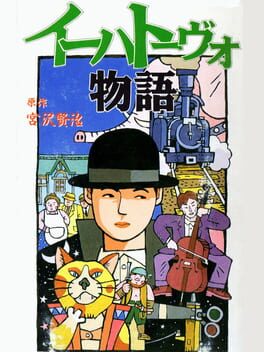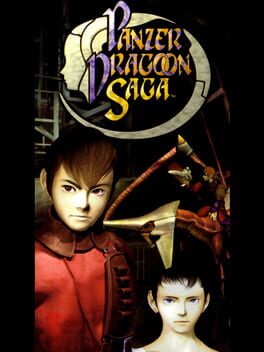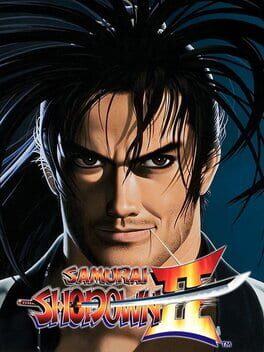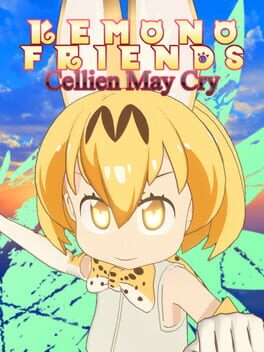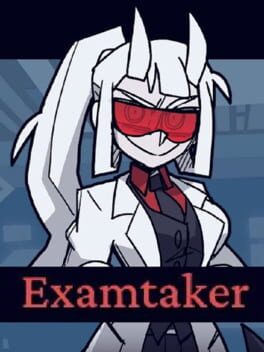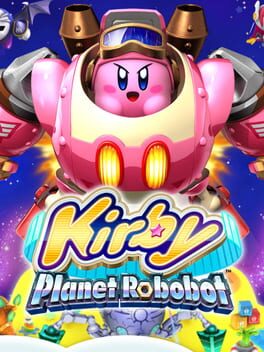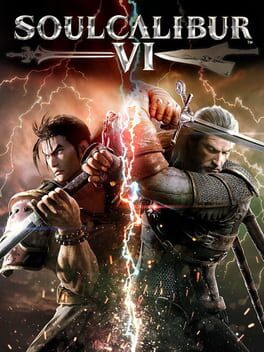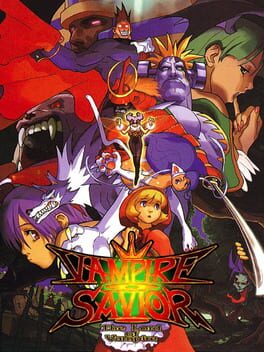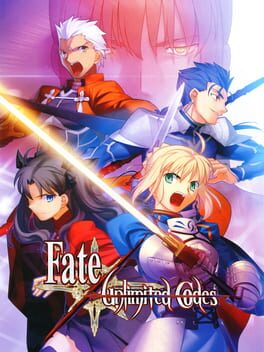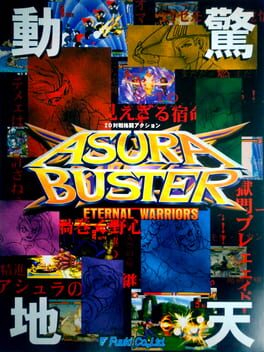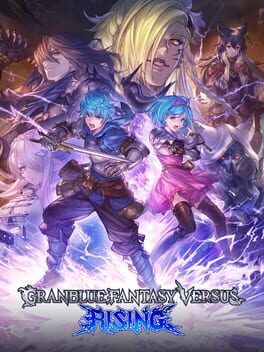ViviMayoi
23 reviews liked by ViviMayoi
Chrono Ark
2019
Fortnite
2017
Faren Touga
1999
Faren Touga is a map-based strategy/simulation game with TRPG combat for each node. This game is genuinely amazing, its janky mechanics, menuing, art, music, and all. You play from one of multiple scenarios, and within each scenario the faction you choose changes where on the map you start, what characters and generic units you have access to, and what story events you can trigger. All of this results in a relative difficulty for the scenario that the game marks for you with a star rating out of 5, with 5 being hardest.
Ok but what's the actual gameplay?
Each node on the world map has a unique tile-based TRPG map, and each map provides some kind of unique layout or challenge. Maybe it's an open field with trees on each side providing cover for attackers, or maybe it's a desert with a slice of a snowy field in a corner. The game is actually mostly built for you to try to use autobattle as much as possible, as they're combat is generally guaranteed from the outset if your units are stronger and not as a strict disadvantage, though manual control allows you to perform more in-depth tactics like spreading your units to avoid aoe magic and protect your backline, or using a high move high attack unit to assassinate the enemy leader. Utilizing the terrain and your units strengths to your own advantage is crucial in your pursuit of world domination. But it's not nearly as important as fostering your economical growth.
Each node/"area" is a city under your rule. You station your troops there and they can do one a few actions, or do nothing and passively contribute to the city's stated development goal. Those goals being developing the city (i.e. building houses), repairing the walls, building roads, training, or searching for allies. Developing the city increases the amount of money (aka "ley") that city provides each turn, training gives all stationed units a bit of exp, and searching for allies has a chance to let you hire a new named character for a certain price + upkeep cost, though they can refuse to serve. I skipped the walls and roads though right? So those actually directly affect the TRPG map the node represents. Each point of wall strength corresponds to 1 wall tile on the map, with those wall tiles stopping enemy units from crossing while providing your units with a ton of avoid for standing on them. The roads work the same way, but standing on road tiles lowers your avoid. Having all the roads built also doubles the income you receive from that city, which is a nice bonus if you don't have anything else to do in that city. Also of note is that developing the city adds house tiles to the map, which sometimes give avoid bonuses as well.
Those active actions your troops have are to hire new troops or monsters, move to another area, or attack a neighboring area. Each city can house 20 units and you can only move one unit one node at a time, which can be a little annoying toward the end where you need to fight along multiple fronts.
The gameplay loop is addicting. Like most strategy games of its kind, you need to stay on your toes and predict enemy movements and guess where and when they will strike, having your own forces nearby and ready to prevent their attack. And because of how city development works, you also have "armies" of weak units that you mainly use to bolster your economy as fast as possible. Having two aspects of strategy you're focusing on at once with both of them using the same clunky menuing and garrisons is surprisingly fun, especially when you find nodes that let you hire particularly strong monsters like dragons and have to ferry all of them through your empire over to the battlefield.
For its time this game is incredibly innovative. More than that though, it has this unmistakable charm like nothing else. It came at the wrong time to really make a splash, but it's still inspired multiple fan versions of it, Varen Touga the most notable. Its spiritual successor Lost Technology is also on Steam in English for $5 if you'd prefer a much more modernized version that doesn't have the territory development focus.
I wrote this review as a half-guide to how the game works because there are no resources for this game in English and I genuinely loved playing this game. It's an incredibly soulful and charming experience that I wish more people knew about. Oh, and did I mention it runs perfectly on Windows 10 and 11?
Check out this dragon deathball I used to kill the lizardmen faction leader this one time: https://i.imgur.com/uN0z19z.png
Ok but what's the actual gameplay?
Each node on the world map has a unique tile-based TRPG map, and each map provides some kind of unique layout or challenge. Maybe it's an open field with trees on each side providing cover for attackers, or maybe it's a desert with a slice of a snowy field in a corner. The game is actually mostly built for you to try to use autobattle as much as possible, as they're combat is generally guaranteed from the outset if your units are stronger and not as a strict disadvantage, though manual control allows you to perform more in-depth tactics like spreading your units to avoid aoe magic and protect your backline, or using a high move high attack unit to assassinate the enemy leader. Utilizing the terrain and your units strengths to your own advantage is crucial in your pursuit of world domination. But it's not nearly as important as fostering your economical growth.
Each node/"area" is a city under your rule. You station your troops there and they can do one a few actions, or do nothing and passively contribute to the city's stated development goal. Those goals being developing the city (i.e. building houses), repairing the walls, building roads, training, or searching for allies. Developing the city increases the amount of money (aka "ley") that city provides each turn, training gives all stationed units a bit of exp, and searching for allies has a chance to let you hire a new named character for a certain price + upkeep cost, though they can refuse to serve. I skipped the walls and roads though right? So those actually directly affect the TRPG map the node represents. Each point of wall strength corresponds to 1 wall tile on the map, with those wall tiles stopping enemy units from crossing while providing your units with a ton of avoid for standing on them. The roads work the same way, but standing on road tiles lowers your avoid. Having all the roads built also doubles the income you receive from that city, which is a nice bonus if you don't have anything else to do in that city. Also of note is that developing the city adds house tiles to the map, which sometimes give avoid bonuses as well.
Those active actions your troops have are to hire new troops or monsters, move to another area, or attack a neighboring area. Each city can house 20 units and you can only move one unit one node at a time, which can be a little annoying toward the end where you need to fight along multiple fronts.
The gameplay loop is addicting. Like most strategy games of its kind, you need to stay on your toes and predict enemy movements and guess where and when they will strike, having your own forces nearby and ready to prevent their attack. And because of how city development works, you also have "armies" of weak units that you mainly use to bolster your economy as fast as possible. Having two aspects of strategy you're focusing on at once with both of them using the same clunky menuing and garrisons is surprisingly fun, especially when you find nodes that let you hire particularly strong monsters like dragons and have to ferry all of them through your empire over to the battlefield.
For its time this game is incredibly innovative. More than that though, it has this unmistakable charm like nothing else. It came at the wrong time to really make a splash, but it's still inspired multiple fan versions of it, Varen Touga the most notable. Its spiritual successor Lost Technology is also on Steam in English for $5 if you'd prefer a much more modernized version that doesn't have the territory development focus.
I wrote this review as a half-guide to how the game works because there are no resources for this game in English and I genuinely loved playing this game. It's an incredibly soulful and charming experience that I wish more people knew about. Oh, and did I mention it runs perfectly on Windows 10 and 11?
Check out this dragon deathball I used to kill the lizardmen faction leader this one time: https://i.imgur.com/uN0z19z.png
Genshin Impact
2020
Now that I've actually finished the base game (I'll make headway into the postgame dungeons in a bit) I can actually talk about it in a much more deeper fashion. I've been a little disappointed personally speaking at the shift in direction that Shin Megami Tensei has taken with its third person press turn output for its mainline games. Little means little; I love Shin Megami Tensei V and consider it the second best of the series, but that small itch of wanting another classic, first person dungeon crawler with an emphasis on fusion and mapping. So in theory, ADiA should tick all those boxes, right?
I'd like to say that, but unfortunately. Artificial Dream in Arcadia actually goes beyond and above for what I wanted from a modern yet classic Shin Megami Tensei title. In very basic aspects, like its aesthetics, ADiA is an absolutely beautiful reimagening of Gensokyo and its surrounding terms, transforming a fantastic region to a fantastic but antiquated style. I would like to say that is ADiA's strongest aspect, but then I'd be wrong again, because what I do consider the best part of ADiA is not its beautiful graphics, but its mechanics.
ADiA takes queues from classic Megami Tensei, but more clearly does it take aspects from the modern renditions; most specifically, the way Sumireko is built with stats, skills, and affinities takes clear inspiration from Shin Megami Tensei V's handling, being able to use your Sleepers to inherit their affinities or their skills allows a much deeper variety of skills to be used, making Sumireko a real jack-of-all-trades. Byakuren's respec also allows the player to redo her as much as they want, so party building is never truly restricted to a single build. I personally went full World of STR, getting it to 99 by level 40 then juggling Luck, Agility, and Vitality (I had around 50 in Luck?), while then I had a dedicated healer/buffer, a pure magician, and a phys dealer/debuffer. However, because of its variety in not just Sumireko's building but also how Sleepers can also be constantly built upon and added upon by the sacrifice of other Sleepers, that ADiA is not as merciless with its requisites in fusion, and rather that it allows the player to use ANY units as they wish. I didn't do that; because I like fusion, so constantly changing my team was half the fun, however I do think with a New Game+ that using specific Grimoires and a specific team of your favorite Sleepers would be a fun exercise.
This does not mean that ADiA is a perfect game, despite feeling out of the base game completely satisfied with what it does achieve; there are some gripes I have with it. For one, hijacking's balance feels a little off. Some of them I found pitifully easy and I opted to specifically hijack to avoid fights due to the lack of an Estoma, but others (Izu and Yumemi come to mind primarily) are disgustingly difficult. Paired that with the lack of a clear hitbox makes hijacking somewhat unreliable. Worse off is the steep cost of Fast Hijacking, needing 75 SP to use. I understand the price, but when the discounted price of a base Hijack is 25, I'd rather take my chances than rely on Boosters or constant combat to regain that extra 50 SP. I'm also a little sad that the bracketed skills can't be gained through skill inheritance, because I simply never used one because fusing feels too closed off to be able to transfer these skills to the end, and because I used a physical oriented cast with three out of four Sleepers (including Sumireko) focusing on physical damage, that regaining SP was a hurdle due to the unreliableness of obtaining a crit. My fault? Sure, but it doesn't change the fact that I found SP to be unreliable despite the Special commands being debatably useful. I never used Pierce, for example, despite Pierce being an absolutely crucial skill in other Megami Tensei games and especially for physical builds. Part of it would also be that having elemental damage that scales off of Strength would have gone a long way in relying on SP and bracketed skills.
I'm also partially disappointed in a few concepts in the storytelling that didn't feel entirely done. Touhou 12 and 13 being just a small sidequest to unlock respeccing felt wasted, for example; I don't mind 13 not having much because it's not really a game that has the setup necessary for a pure dungeon crawl, but merging both of the games felt like writing a quick check to make sure no touhou game goes underrepresented. 7 also fell to this; the only part of it was the Prismriver mansion, which also falls under the same thing as 13 where it's the best that could have been done, but it's still a little sad not to see Youmu and Yuyuko properly have a role in the story. I'd extend this to 19, but it DID come out a month ago, so it would be unfair to have it as a gripe.
The TORIFUNE dungeon is another part that felt disappointing in a storytelling sense as it felt it had no real bearing on Gensokyo or its cast as the previous dungeons do. DO NOT take this as me not enjoying it because the Hifuu club stuff is my favorite thing that Touhou has made, but there's no real characters or dialogue or enemies that really fit TORIFUNE, especially since Trojan Green Asteroid makes a point that TORIFUNE is a lush enviorment filled with fairies. You could maybe say that the TORIFUNE in Gensokyo is the idea of what it is in the Outside World given shape, but... well, I like Renko and Merry, so not seeing them or being able to use them was a little sad.
I do make a point on how TORIFUNE is represented because outside of that, I actually think this is a pretty well written game? I have some gripes with how some characters are represented, it's not perfect with how I see them, but there's a genuine hilarity to the stark contrast that is Gensokyo against Sumireko's contemporary outlook. It might not be something that ages well, but to be fair, Sumireko isn't someone who would age well as a character. And that's fine; for now, the time period we are in, she's a very fun lead with that twinge of cringe you'd expect from a high school zoomer, and the dialogue options that go full with that are really fun. I did also really like the ending, which I won't get into because the dev said not to spoil, but all that's really needed to be said is that it's a very nice ending to who Sumireko is as a character and how that works with the ending character as well as just Gensokyo, which was the strongest part of Artificial Dream in Arcadia and just the process of exploring Gensokyo and the cast at large.
The only thing to really conclude with is that it's kind of a crime this costs 10 dollars. Having finished it at 25 hours, the amount of mechanical depth and unit variety with exceedingly great dungeon design is something that really deserves to cost, like, 20 dollars? I'd pay for that. It's what I wanted from a modern Shin Megami Tensei, delivering in even more spades than what I had originally wished for. I'm still gonna hound Atlus to stop making Persona 6, though.
I'd like to say that, but unfortunately. Artificial Dream in Arcadia actually goes beyond and above for what I wanted from a modern yet classic Shin Megami Tensei title. In very basic aspects, like its aesthetics, ADiA is an absolutely beautiful reimagening of Gensokyo and its surrounding terms, transforming a fantastic region to a fantastic but antiquated style. I would like to say that is ADiA's strongest aspect, but then I'd be wrong again, because what I do consider the best part of ADiA is not its beautiful graphics, but its mechanics.
ADiA takes queues from classic Megami Tensei, but more clearly does it take aspects from the modern renditions; most specifically, the way Sumireko is built with stats, skills, and affinities takes clear inspiration from Shin Megami Tensei V's handling, being able to use your Sleepers to inherit their affinities or their skills allows a much deeper variety of skills to be used, making Sumireko a real jack-of-all-trades. Byakuren's respec also allows the player to redo her as much as they want, so party building is never truly restricted to a single build. I personally went full World of STR, getting it to 99 by level 40 then juggling Luck, Agility, and Vitality (I had around 50 in Luck?), while then I had a dedicated healer/buffer, a pure magician, and a phys dealer/debuffer. However, because of its variety in not just Sumireko's building but also how Sleepers can also be constantly built upon and added upon by the sacrifice of other Sleepers, that ADiA is not as merciless with its requisites in fusion, and rather that it allows the player to use ANY units as they wish. I didn't do that; because I like fusion, so constantly changing my team was half the fun, however I do think with a New Game+ that using specific Grimoires and a specific team of your favorite Sleepers would be a fun exercise.
This does not mean that ADiA is a perfect game, despite feeling out of the base game completely satisfied with what it does achieve; there are some gripes I have with it. For one, hijacking's balance feels a little off. Some of them I found pitifully easy and I opted to specifically hijack to avoid fights due to the lack of an Estoma, but others (Izu and Yumemi come to mind primarily) are disgustingly difficult. Paired that with the lack of a clear hitbox makes hijacking somewhat unreliable. Worse off is the steep cost of Fast Hijacking, needing 75 SP to use. I understand the price, but when the discounted price of a base Hijack is 25, I'd rather take my chances than rely on Boosters or constant combat to regain that extra 50 SP. I'm also a little sad that the bracketed skills can't be gained through skill inheritance, because I simply never used one because fusing feels too closed off to be able to transfer these skills to the end, and because I used a physical oriented cast with three out of four Sleepers (including Sumireko) focusing on physical damage, that regaining SP was a hurdle due to the unreliableness of obtaining a crit. My fault? Sure, but it doesn't change the fact that I found SP to be unreliable despite the Special commands being debatably useful. I never used Pierce, for example, despite Pierce being an absolutely crucial skill in other Megami Tensei games and especially for physical builds. Part of it would also be that having elemental damage that scales off of Strength would have gone a long way in relying on SP and bracketed skills.
I'm also partially disappointed in a few concepts in the storytelling that didn't feel entirely done. Touhou 12 and 13 being just a small sidequest to unlock respeccing felt wasted, for example; I don't mind 13 not having much because it's not really a game that has the setup necessary for a pure dungeon crawl, but merging both of the games felt like writing a quick check to make sure no touhou game goes underrepresented. 7 also fell to this; the only part of it was the Prismriver mansion, which also falls under the same thing as 13 where it's the best that could have been done, but it's still a little sad not to see Youmu and Yuyuko properly have a role in the story. I'd extend this to 19, but it DID come out a month ago, so it would be unfair to have it as a gripe.
The TORIFUNE dungeon is another part that felt disappointing in a storytelling sense as it felt it had no real bearing on Gensokyo or its cast as the previous dungeons do. DO NOT take this as me not enjoying it because the Hifuu club stuff is my favorite thing that Touhou has made, but there's no real characters or dialogue or enemies that really fit TORIFUNE, especially since Trojan Green Asteroid makes a point that TORIFUNE is a lush enviorment filled with fairies. You could maybe say that the TORIFUNE in Gensokyo is the idea of what it is in the Outside World given shape, but... well, I like Renko and Merry, so not seeing them or being able to use them was a little sad.
I do make a point on how TORIFUNE is represented because outside of that, I actually think this is a pretty well written game? I have some gripes with how some characters are represented, it's not perfect with how I see them, but there's a genuine hilarity to the stark contrast that is Gensokyo against Sumireko's contemporary outlook. It might not be something that ages well, but to be fair, Sumireko isn't someone who would age well as a character. And that's fine; for now, the time period we are in, she's a very fun lead with that twinge of cringe you'd expect from a high school zoomer, and the dialogue options that go full with that are really fun. I did also really like the ending, which I won't get into because the dev said not to spoil, but all that's really needed to be said is that it's a very nice ending to who Sumireko is as a character and how that works with the ending character as well as just Gensokyo, which was the strongest part of Artificial Dream in Arcadia and just the process of exploring Gensokyo and the cast at large.
The only thing to really conclude with is that it's kind of a crime this costs 10 dollars. Having finished it at 25 hours, the amount of mechanical depth and unit variety with exceedingly great dungeon design is something that really deserves to cost, like, 20 dollars? I'd pay for that. It's what I wanted from a modern Shin Megami Tensei, delivering in even more spades than what I had originally wished for. I'm still gonna hound Atlus to stop making Persona 6, though.
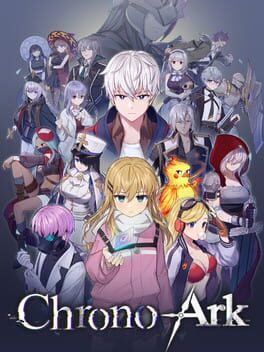

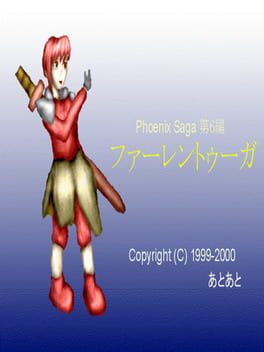

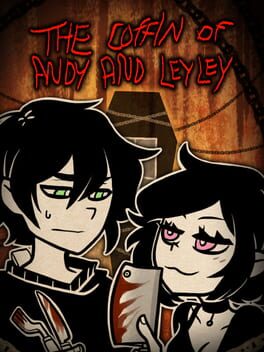
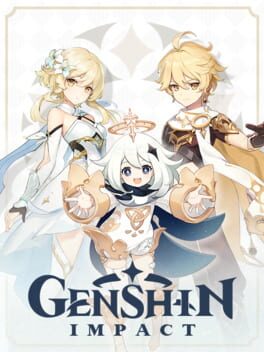
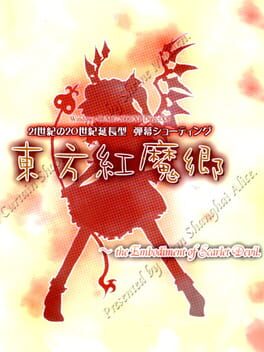

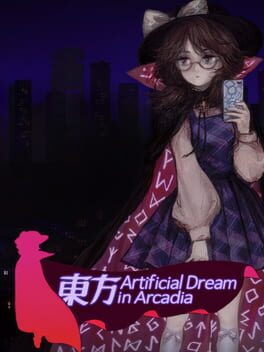
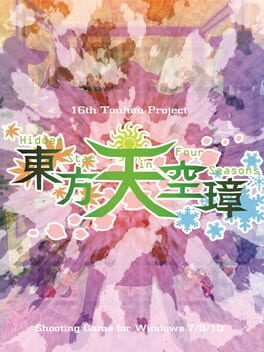
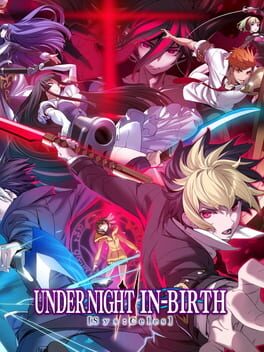
![Under Night In-Birth Exe:Late[st]](https://images.igdb.com/igdb/image/upload/t_cover_big/co1na0.jpg)
